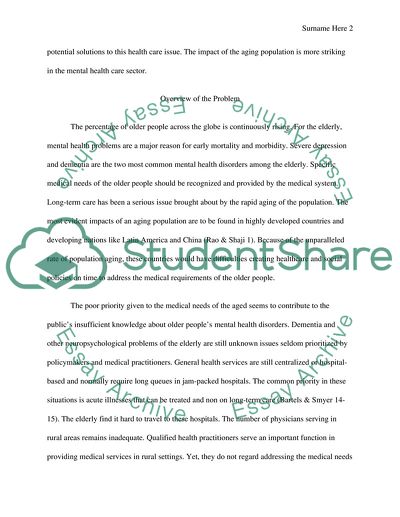Cite this document
(“The Impact of the Aging Population on Public Health Care Research Paper”, n.d.)
The Impact of the Aging Population on Public Health Care Research Paper. Retrieved from https://studentshare.org/health-sciences-medicine/1784843-public-health-in-21st-century-aging-population
The Impact of the Aging Population on Public Health Care Research Paper. Retrieved from https://studentshare.org/health-sciences-medicine/1784843-public-health-in-21st-century-aging-population
(The Impact of the Aging Population on Public Health Care Research Paper)
The Impact of the Aging Population on Public Health Care Research Paper. https://studentshare.org/health-sciences-medicine/1784843-public-health-in-21st-century-aging-population.
The Impact of the Aging Population on Public Health Care Research Paper. https://studentshare.org/health-sciences-medicine/1784843-public-health-in-21st-century-aging-population.
“The Impact of the Aging Population on Public Health Care Research Paper”, n.d. https://studentshare.org/health-sciences-medicine/1784843-public-health-in-21st-century-aging-population.


